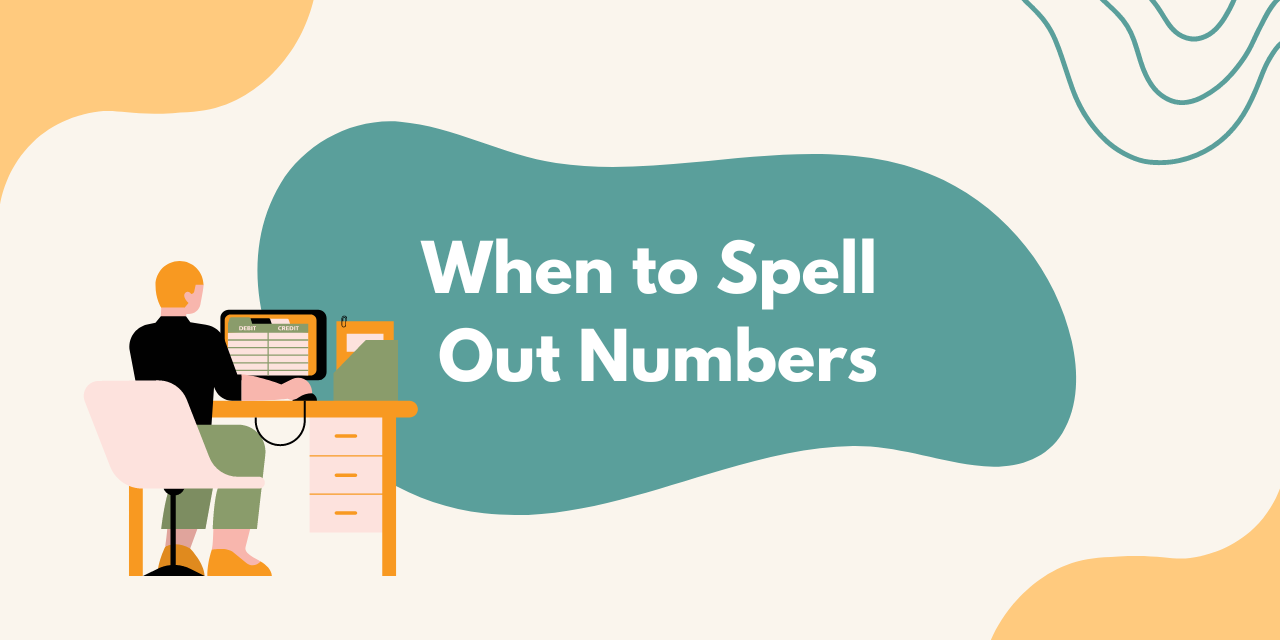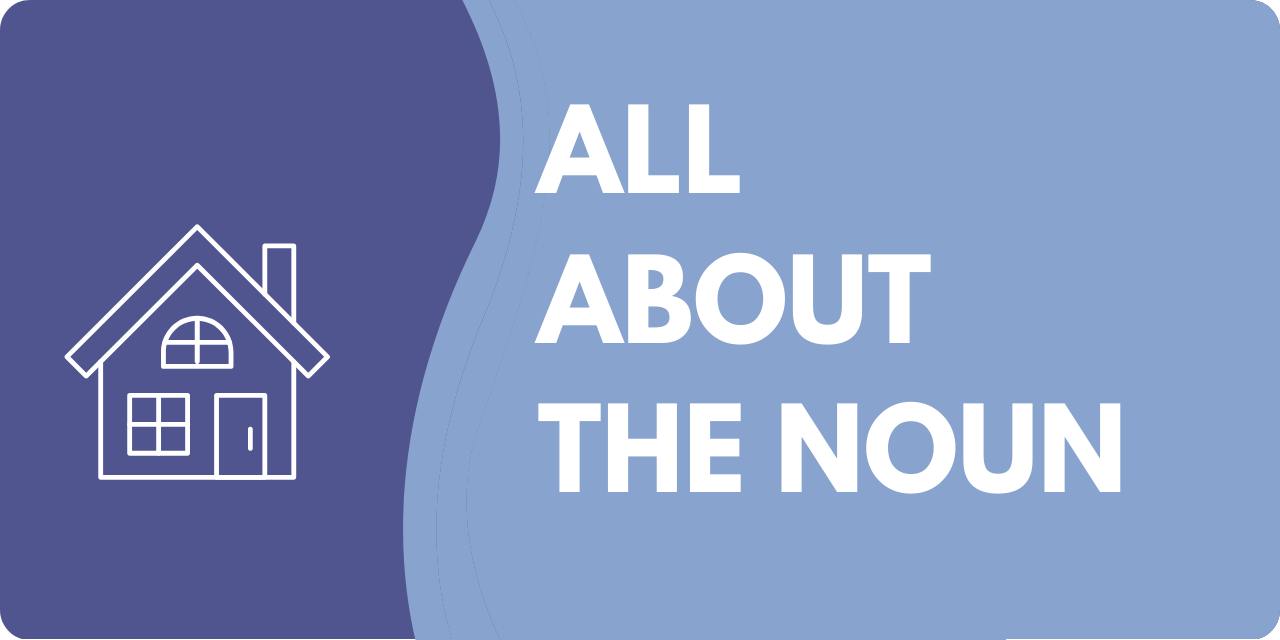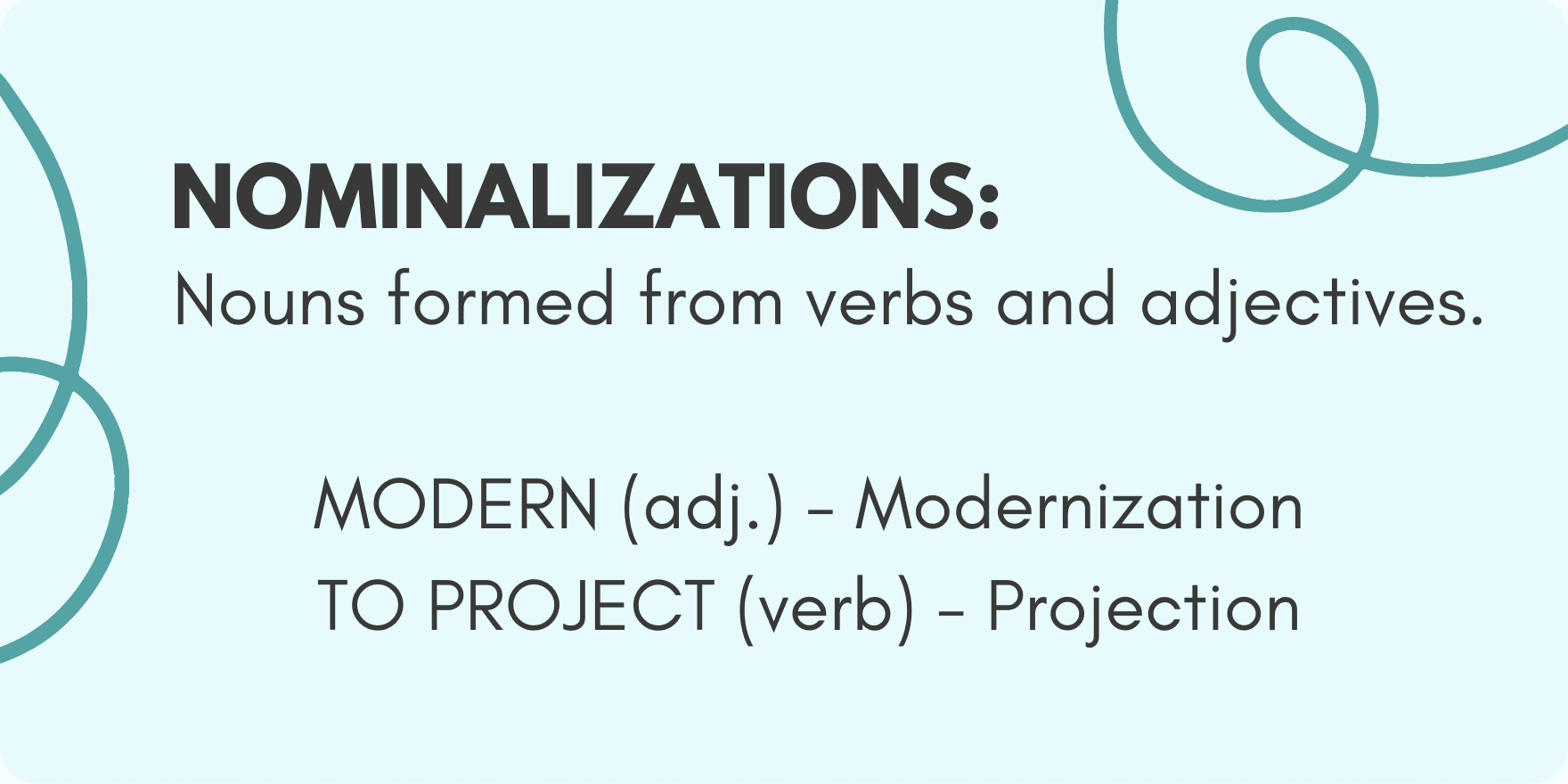People often ask about the difference between that and which. Where should each word be used? What’s the difference between them?
It can be a tricky question. That’s because the distinction between that and which can be very subtle. Here’s the short answer to the question of that and which:
That usually introduces essential information in what is called a “restrictive clause.” Which introduces extra information in a “nonrestrictive clause.”
Example:
- I am offering a new class, Email Intelligence, that/which may be an excellent fit for your training needs and budget.
Does the clause (in red) introduce information that is essential to knowing which Email Intelligence class?
No. The clause provides extra information, so which is correct.
Revised example:
- Among my new programs, I am offering a class that/which may be an excellent fit for your training needs and budget.
Does the clause (in red) introduce information that is essential to knowing which class?
Yes. The clause tells which class–a class that may be an excellent fit. Therefore, that is correct.
One way to determine the correct word is to ask the question, “Does the clause clarify which of several possibilities is being referred to?” If the answer is yes, then the correct word to use is that. If the answer is no, the correct word to use is which.
Test yourself
-
Craig uses the AP Stylebook, that/which newspapers and magazines follow.
-
Michelle likes a Oaxacan restaurant that/which is on Ballard Avenue.
-
Lynn wrote about the that/which rule, that/which confuses many people.
Answers: 1. which, 2. that, 3. which
You’ve probably noticed that “which clauses” are set off by commas–“that clauses” are not.
Sometimes that can be omitted: Michelle likes a Oaxacan restaurant on Ballard Avenue.
If you have gotten this far, which I know you have, congratulations. That is an achievement!
Related: Is There a Comma Before “Which”?






